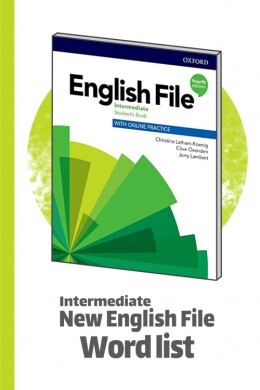Das Buch English File - Mittelstufe - Lektion 6B
Hier finden Sie den Wortschatz aus Lektion 6B im English File Intermediate Lehrbuch, wie "kahl", "klatschen", "pfeifen" usw.
Überprüfen
Lernkarten
Rechtschreibung
Quiz

(of a person) having a height that is greater than what is thought to be the average height

groß, hoch
(of a person) having a height that is less than what is thought to be the average height

klein
(of people or animals) weighing less than what is thought to be healthy for their body

dünn, schlank
weighing more than what is considered healthy or desirable for one's body size and build

übergewichtig
thin in an attractive way

schlank
in or along a direct line, without bending or deviation

geradeaus
(of hair) having a spiral-like pattern

lockig
having little or no hair on the head

kahl
the hair that grow on the chin and sides of a man’s face

Bart
one of the two body parts that is connected to the shoulder and ends with fingers

Arm
the part of our body between our neck and our legs that we cannot see

Rücken
the lowest part of our face that is below our mouth

Kinn
each of the two body parts that we use for hearing

Ohr
a body part on our face that we use for seeing

Auge
the front part of our head, where our eyes, lips, and nose are located

Gesicht
the body part that is at the end of our leg and we stand and walk on

Fuß
each of the long thin parts that are connected to our hands, sometimes the thumb is not included

Finger
the part of our body that is at the end of our arm and we use to grab, move, or feel things

Hand
the top part of body, where brain and face are located

Kopf
the body part that is in the middle of the leg and helps it bend

Knie
each of the two long body parts that we use when we walk

Bein
each of the two soft body parts that surround our mouth

Lippe
our body part that we use for eating, speaking, and breathing

Mund
the body part that is connecting the head to the shoulders

Hals
the body part that is in the middle of our face and we use to smell and breathe

Nase
each of the two parts of the body between the top of the arms and the neck

Schulter
the body part inside our body where the food that we eat goes

Magen
one of the things in our mouth that are hard and white and we use to chew and bite food with

Zahn
the thick finger that has a different position than the other four

Daumen, der dickste Finger
each of the five parts sticking out from the foot

Zeh
the soft movable part inside the mouth used for tasting something or speaking

Zunge
to cut into flesh, food, etc. using the teeth

beißen, kauen
to strike the palms of one's hands together forcefully, usually to show appreciation or to attract attention

klatschen, in die Hände schlagen
to hit a thing or person with the foot

treten
to move one's head up and down as a sign of agreement, understanding, or greeting

nicken, zustimmend den Kopf bewegen
to show the place or direction of someone or something by holding out a finger or an object

zeigen
to recognize or become aware of a particular scent

riechen
to make our mouth curve upwards, often in a way that our teeth can be seen, to show that we are happy or amused

lächeln
to look at someone or something without moving the eyes or blinking, usually for a while, and often without showing any expression

starren, fest ansehen
to have a specific flavor

schmecken, einen Geschmack haben
to put our hand or body part on a thing or person

berühren, anfassen
to make a high-pitched sound by forcing air out through one's partly closed lips

pfeifen
| Das Buch English File - Mittelstufe |
|---|